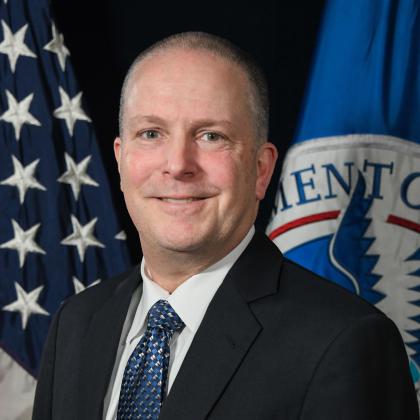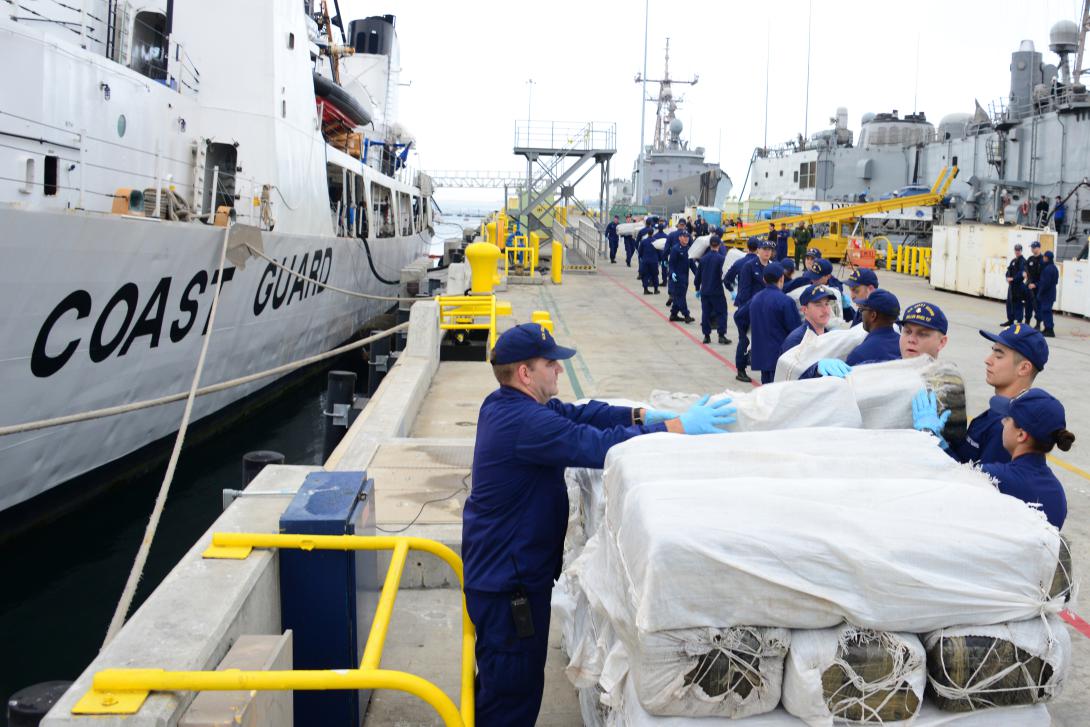DHS Knows Exactly Where the Drug Traffickers Are, There Just Aren't Enough Resources
Interagency collaboration is key in safeguarding the United States of America, however many still treat missions with a sense of competition.
Rear Adm. Christopher J. Tomney, USCG (Ret.), director at the Office of Homeland Security Situational Awareness (OSA) at the Department of Homeland Security (DHS) spoke on this during his opening keynote address at the inaugural Homeland Security Cybersecurity and Infrastructure Conference in Atlanta.
Referring to a DHS Office of Inspector General technology audit, which took place last week, the retired rear admiral stated that policy must be prioritized instead.
“There are some folks at the department who would not want me and my staff to be talking to state local fusion centers,” he said, citing his frustration with gatekeepers who reject the idea of interagency teamwork and cooperation.
Mentioning no specific names, the Adm. Tomney recalled a story involving the U.S. Customs and Border Protection (CBP) and U.S. Coast Guard (USCG).
“CBP headquarters reached out to me because [they] wanted to bring down a bunch of CBP helicopters and small boats to Guatemala to work with Guatemalan special forces, known as the FEN, to train them up to go after counternarcotics traffickers in the eastern Pacific, heading into Guatemala in southern Mexico,” he said.
When the CBP requested the use of Department of Defense Air Force Reserve Military Airlift to transport the helicopters and small boats, Adm. Tomney swiftly coordinated the ask.
“Why? Because at that time, we were only stopping 30 percent of the known drug trafficking events that were on the water on any given day,” he told the audience.
The department had precise geoposition data and knew exactly where on the eastern Pacific the vessels were located. “Due to a finite number of ships and aircraft, we could only physically stop three out of every 10 known events that were on the log.”
While the other seven out of 10 traffickers were tracked along each point of their journey—from Ecuador, across the Pacific, into Mexico, Guatemala or Honduras—DHS did not have the necessary resources to mitigate or disrupt the movement.
“CBP wanted to bring additional resources to work with our Central American partners; win-win all the way around, right?” Adm. Tomney sarcastically asked conference attendees.
While the idea of accepting help from interagency partners seemed like a rather obvious choice, the director’s approval of CBP’s idea was met with not-so-happy phone calls from his USCG colleagues.
“Over the course of two weeks, three separate admirals called me and said, ‘Chris, why are you helping CBP move helicopters and small boats down to Guatemala?’”

Let’s stop fighting amongst ourselves and work towards a common goal.
The Coast Guard, it turned out, had felt that the CBP was encroaching into their mission space, Adm. Tomney explained. “We’re the ones that deploy overseas,” they said.
When he suggested that the Coast Guard instead lead the mission of sending supplies to Southern American partners to combat drug traffickers, the USCG admitted to not having the necessary resources.
Interagency competition only gets in the way of mission success, Adm. Tomney reiterated. “I don’t care if you’re at the city level, the state level, the federal level … good on you for wanting to raise your hand [and] wanting to give back to our great nation.”
“What I do have a problem with is folks that lose sight of that over the years and focus on protecting their rice bowls, protecting their agency,” he declared.





Comments